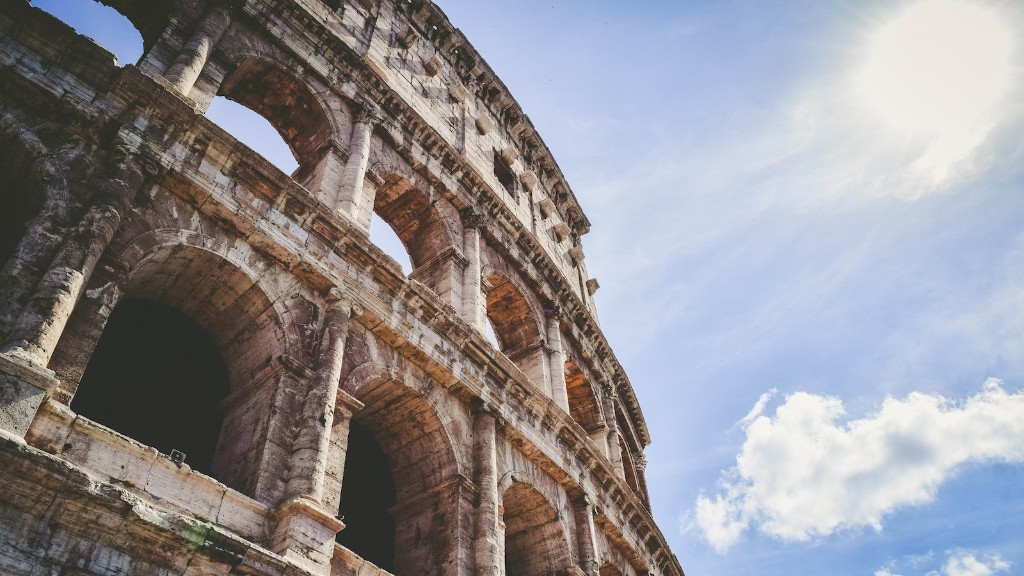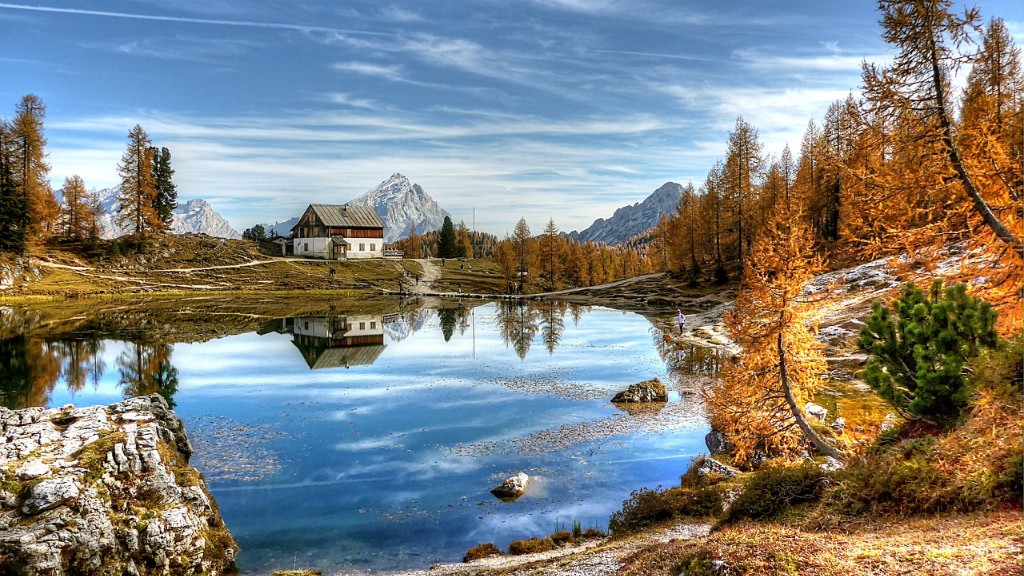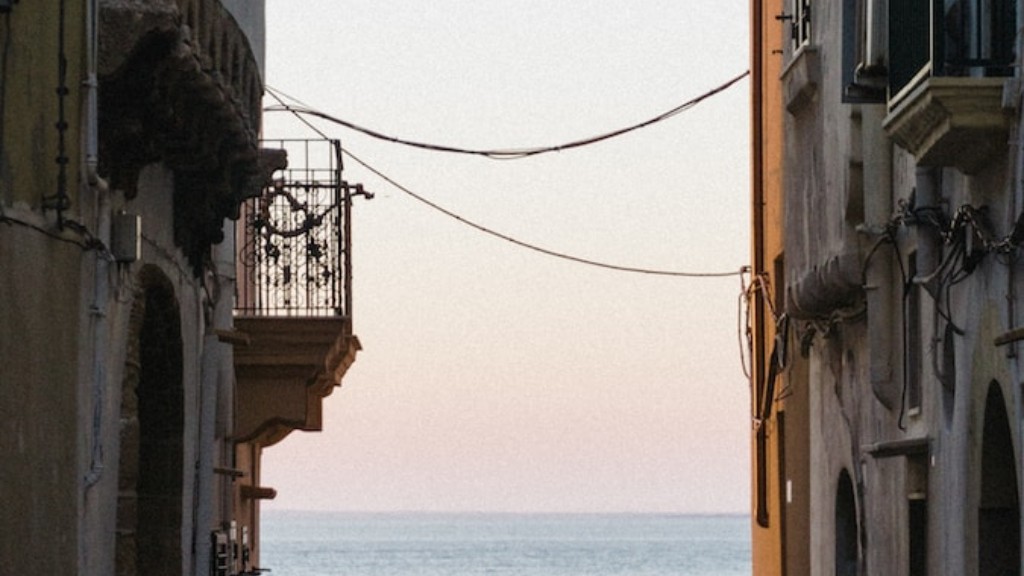Which Italian City-States were Republics?
Background Information
During the medieval and Renaissance periods, Italy was divided into several independent city-states. While some city-states were ruled by monarchies or feudal lords, many of them were republics. Republics were governments where power resided in the hands of the citizens, who elected their leaders and had a say in decision-making.
These Italian city-state republics played a crucial role in the development of democracy and the spread of Renaissance culture. They were centers of trade, finance, and intellectual activity, fostering the growth of art, science, and literature.
Relevant Data
Among the Italian city-states that were republics, some of the most notable ones include:
- Florence: Florence was one of the most important republics, known for its renowned artists, such as Leonardo da Vinci and Michelangelo, and its influential banking families, like the Medici.
- Venice: Venice was a powerful maritime republic, dominating the trade routes between Europe and the East. It was famous for its political stability, unique system of government, and impressive architecture.
- Genoa: Genoa was another maritime republic that prospered through trade, banking, and shipbuilding. It had a complex political structure with various governing bodies representing different social classes.
- Pisa: Pisa, known for its iconic leaning tower, was a prosperous republic renowned for its maritime strength and architectural achievements, including the Cathedral of Pisa.
Perspectives from Experts
“Italian city-state republics played a crucial role in shaping the political and cultural landscape of Renaissance Italy. The system of republicanism allowed for a degree of civic participation and independence that was unprecedented at that time,” says Prof. Giovanni Rossi, a historian specializing in Italian Renaissance.
Dr. Maria Bianchi, an art historian, adds, “Cities like Florence became vibrant centers of artistic innovation and intellectual exchange. The Medici family, as patrons of the arts, significantly contributed to the flourishing of Renaissance art and architecture.”
Insights and Analysis
The presence of republics in Italy brought about a unique political dynamic in which power was decentralized, and decision-making involved the participation of ordinary citizens. This fostered a sense of civic responsibility and engagement that fueled the cultural and intellectual advancements of the Renaissance.
The republics’ emphasis on trade and commerce also led to economic prosperity, attracting merchants, bankers, and skilled artisans from all over Europe. The exchange of ideas and wealth transformed these city-states into beacons of innovation and progress.
Further Exploration – Florence
Florence: Birthplace of the Renaissance
Florence, located in the heart of Tuscany, was the birthplace of the Renaissance, a period of immense cultural and intellectual transformation. The city’s status as a republic allowed its citizens to participate actively in the political and artistic affairs of the time.
Artists like Leonardo da Vinci, Michelangelo, and Botticelli flourished in Florence’s vibrant art scene, producing timeless masterpieces that continue to inspire and captivate audiences today. The Medici family, through their patronage, played a fundamental role in driving the city’s artistic ambitions.
Florentine Republic and Political Landscape
The Florentine Republic, established in the 13th century, was led by elected officials known as the Signoria. These officials governed with the support of powerful guilds representing different professions and social classes. The republic faced internal conflicts and experienced intermittent periods of unrest, but it remained a symbol of political autonomy and civic pride.
Notable historical figures like Machiavelli and Dante Alighieri emerged from Florence, reflecting the city’s intellectual and political vibrancy. Their works, including Machiavelli’s political treatise “The Prince” and Dante’s epic poem “The Divine Comedy,” continue to be studied and analyzed worldwide.
Further Exploration – Venice
Venice: The Serene Republic
Venice, known as the Serene Republic, was a powerful and prosperous city-state that controlled a vast maritime empire. Its unique geographical position and sophisticated political structure allowed it to thrive as a major trade hub.
The city’s government was composed of a Doge, who served as the chief executive, and various councils representing different sections of society. Venice’s political stability and efficient administration contributed to its economic success and cultural influence.
Venetian Republic and the Arts
Venice’s rich artistic tradition is reflected in its magnificent palaces, bridges, and churches that grace the city’s canals. Venetian painters, such as Titian, Tintoretto, and Giovanni Bellini, produced breathtaking artworks characterized by vivid colors, striking compositions, and intricate details.
Additionally, Venice hosted one of the most prestigious art events of the Renaissance, the Biennale di Venezia, which is still celebrated to this day as an international showcase of contemporary art.




